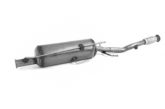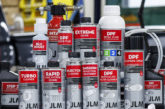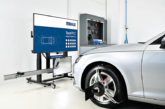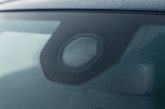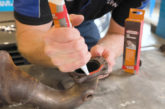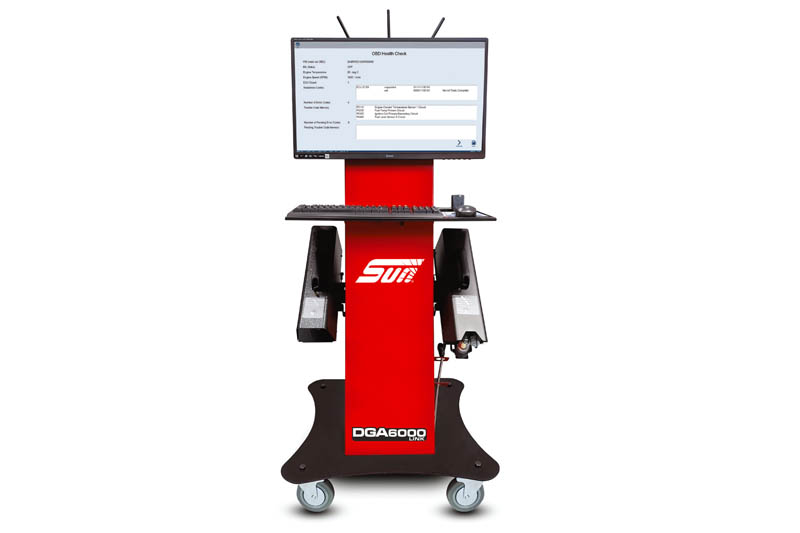
Snap-On discusses the MOT and how it is evolving to meet environmental demands.
Responding to public demand for cleaner air, the government and industry are driving the automotive industry towards an ever greater commitment to environmental sustainability. For the manufacturers, this means producing cleaner, more efficient vehicles. For the service and repair sector, emissions testing and diagnostics have become critical processes. To meet these changing demands, independent garages need to stay ahead of the curve. One way to do this is by investing in connected emissions equipment, which can offer numerous benefits and help secure the future of your business.
The MOT Test is continually evolving to improve safety and the environment and connected equipment enables you to keep up with the latest updates and futureproofs your business. Connected equipment has revolutionised the testing process since its introduction in 2019 with connected roller brake testers and has expanded to include brake decelerometers and emissions analysers including petrol gas analysers and diesel smoke meters. Plans involve particulate number emissions testing, MOT bay camera technology, electronic assessment of headlights and ADAS systems.
What is connected equipment?
Connected MOT equipment streamlines communication with the DVSA’s MOT testing system (MTS) through a single button press, eliminating data entry errors. The primary objective is to enhance testing efficiency, save time, increase accuracy and reduce manual input by instantly accessing vehicle information from the DVSA database and automatically transmitting test results. Connected equipment eliminates manual data entry, reducing the risk of human error, ultimately saving time and ensuring higher MOT testing standards.
Governments worldwide are tightening emissions regulations to combat air pollution and reduce the environmental impact of vehicles. Stricter emissions standards are being enforced in some European regions, such as Belgium, the Netherlands, and Germany, that are already implementing particulate number (PN) testing, with the UK also conducting small-scale trials. To stay compliant and future-proof your business, independent garages should invest in the latest emissions equipment, ensuring they can adapt to evolving regulations seamlessly.
Making the investment
Upgrading old equipment to a connected MOT system such as an automated or one-person test lane offers significant productivity enhancements, cost savings, and revenue-boosting benefits. Integration with the MTS saves time, eliminates input errors, and eliminates the need for physical result printouts. Just think about the number of MOT tests you do in a day, potentially saving time and money on each will pay big over a year, after all, time is money!
The SUN DGA6000 LINK aims to streamline MOT testing for speed and reliability. This system integrates your MOT equipment into the DVSA’s MTS enhancing efficiency and reducing errors. Its software simplifies the testing process, saving time in training, setup, and daily workload. The SUN DGA6000 LINK also integrates with the SUN roller brake tester further streamlining your MOT processes. It is also compatible with John Bean wheel alignment systems, enabling affordable expansion beyond emissions testing to include profitable wheel alignment functionality.

